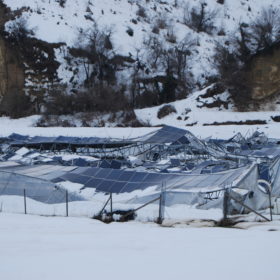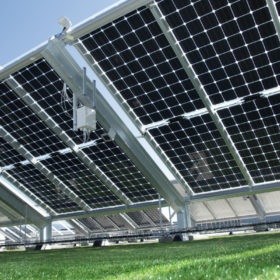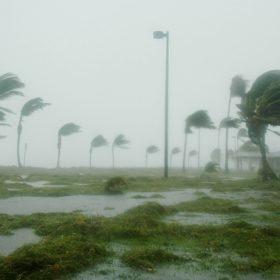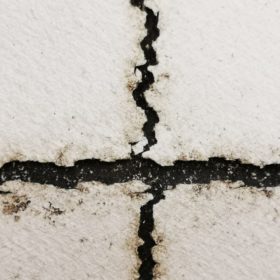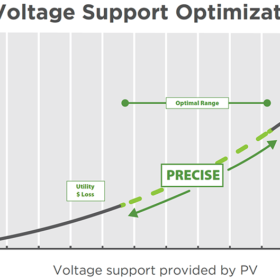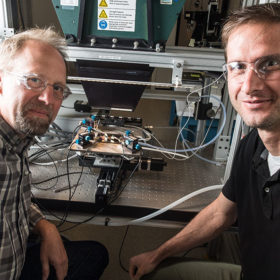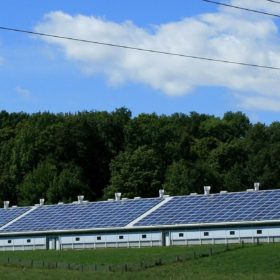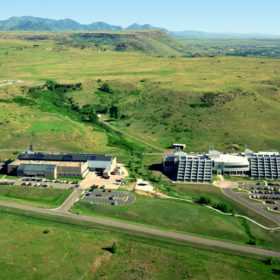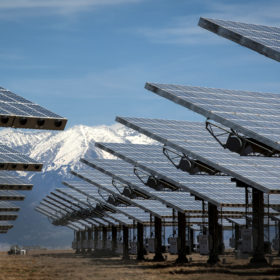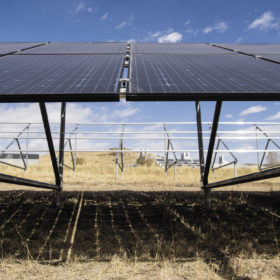The cost of building stronger PV systems
Scientists in the U.S. have estimated the expense of strengthening solar systems. The researchers stressed that the upfront investment needed to take 13 key measures may be outweighed by the benefits.
French bifacial standards measure up
A global assessment of bifacial testing methods conducted in Singapore has endorsed the approach taken by France’s Institut National de l’Énergie Solaire.
PV systems could provide up to 60% of output during hurricanes
Researchers in the U.S. have demonstrated, using simulations, PV system generation can range from 18-60% of clear-sky potential during hurricanes – provided the arrays do not suffer damage. According to them, solar installations could continue to provide back-up power when grids are down during hurricanes, especially if coupled with energy storage.
Investigating backsheets and ultraviolet stability
Five testing laboratories led by Germany’s Fraunhofer ISE have begun a ‘round robin’ project to test the effects of ultraviolet light on polymer backsheet materials. Initial results indicate a route to accurate accelerated testing of backsheet UV stability over module lifetimes of 20 years-plus.
Preconfiguring and controlling inverter set-points
Researchers from the U.S. National Renewable Energy Laboratory have developed a tool to balance customer curtailment and grid stability. The “Precise” tool for utilities provides unique inverter settings tailored to each customer, with minimal investment and labor for companies that use it.
Six-junction III–V solar cell with 47.1% efficiency
A U.S. research group has developed a new solar cell, based on six active photoactive layers, to capture light from a specific part of the solar spectrum. The scientists claim that they could potentially reach a 50% efficiency rate with the new cell.
A big grid solution to harness small solar arrays
Scientists at the U.S. National Renewable Energy Laboratory are developing a communication system to coordinate and control the volumes of solar power injected into grids by small scale solar arrays.
Focus on the negatives: A new path to highly efficient tandem cells
Scientists in the U.S. and South Korea have identified what could be a new route to high-efficiency perovskite-silicon tandem solar cells. Through engineering negatively charged particles in the passivation layer, the group made a tandem cell with 26.7% efficiency. With further tweaks to the silicon layer they expect to be able to surpass 30%.
Study of 100,000 arrays finds proactive O&M preferable
The US National Renewable Energy Laboratory examined five-year data to observe the most common system failure points and how to prevent them. Researchers considered residential, commercial and utility scale plants and found interesting results. While failures cannot be avoided completely, a key takeaway was that close monitoring and timely repair can effectively mitigate the financial effects of failures.
Building on bifacial momentum
Getting the most out of a bifacial module requires a rethink at almost every level of system design and the industry is hungry for field data generated by such systems to better inform energy yield modeling and define the best approaches to maximizing yield at minimal cost. In May, the U.S. National Renewable Energy Laboratory began a three-year study into bifacial performance which is beginning to yield results.
